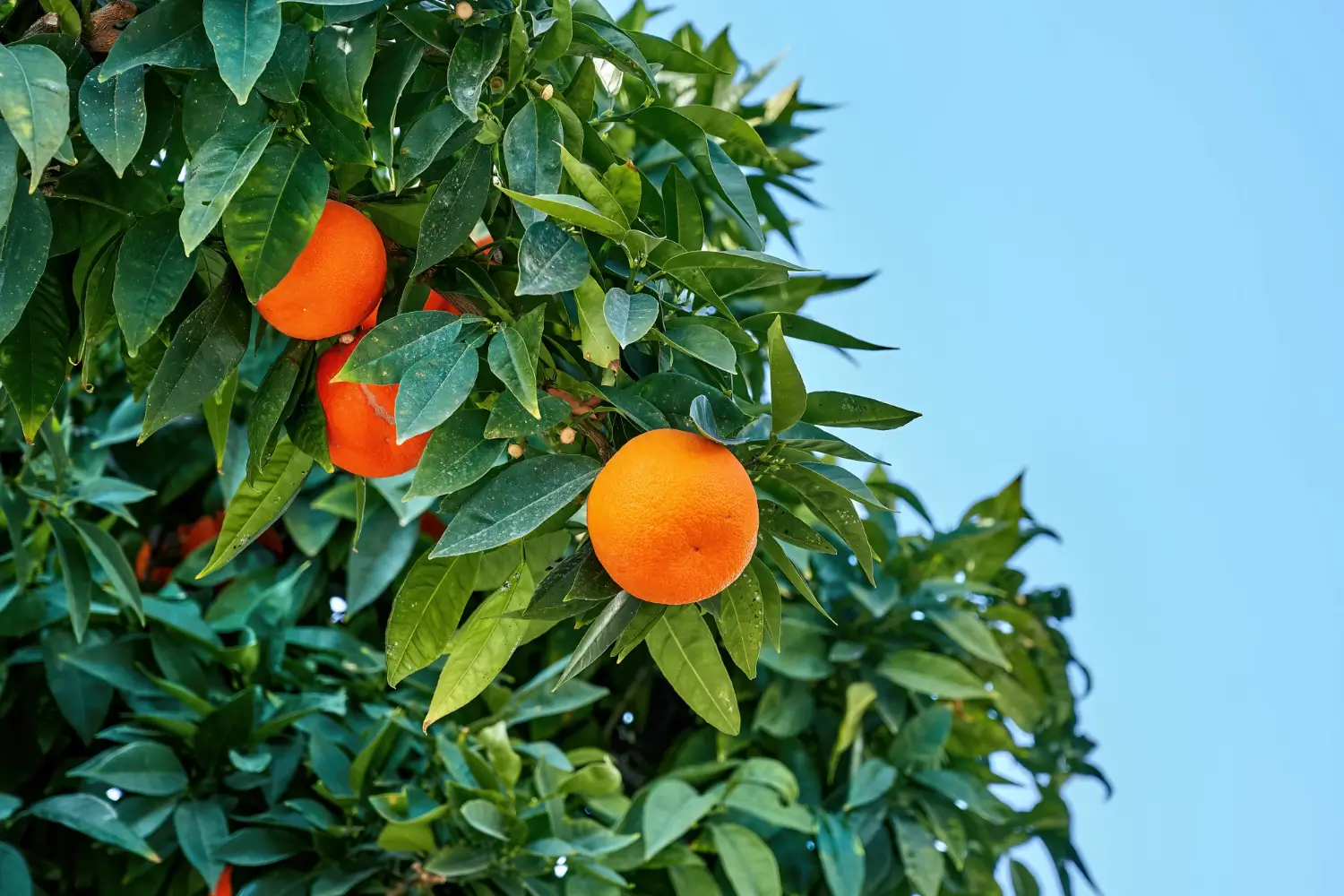
Soil Health & Fertilization
We unite suppliers and green industry professionals worldwide
Yerba Mate is a small evergreen tree native to subtropical South America that produces leaves known for brewing a naturally caffeinated tea rich in antioxidant properties. It is not just a source of stimulating tea for growers; it also offers shiny green
By Mariam Scott
|Published on June 29, 2025
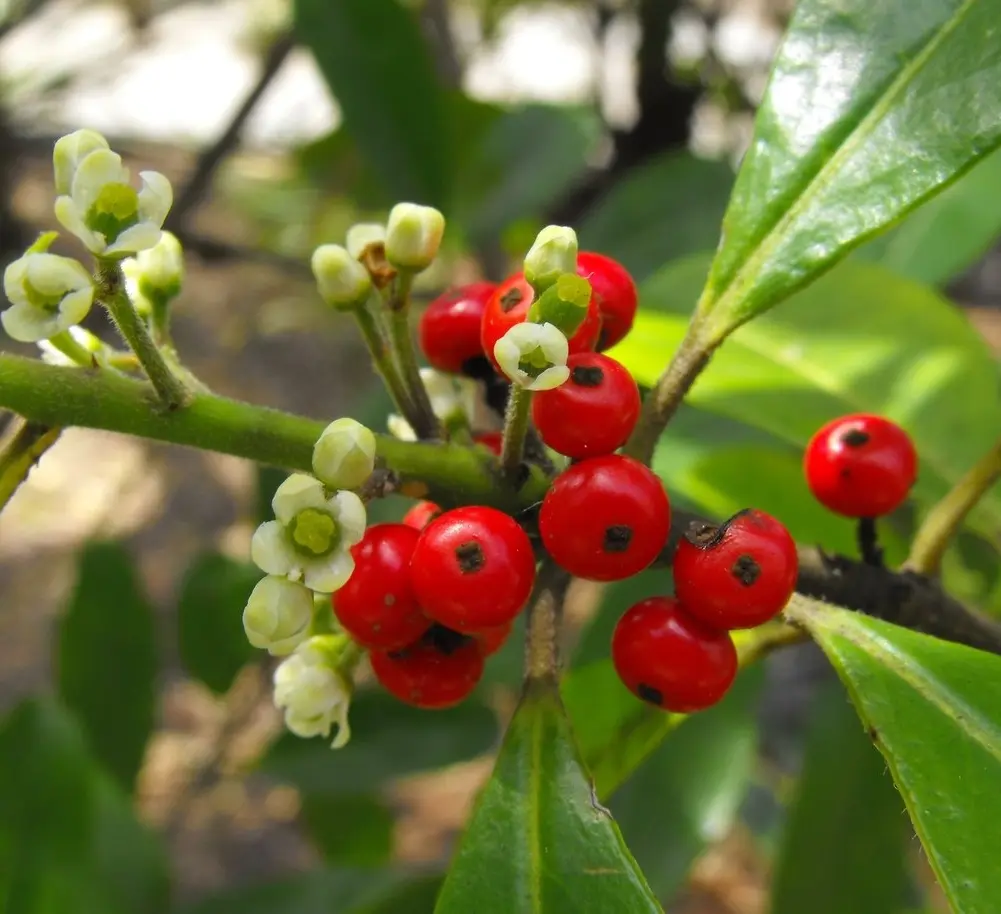

Did you know South America’s most iconic tea doesn’t come from a Camellia plant—but from a rainforest tree called Yerba Mate?
Yerba Mate (Ilex paraguariensis) is a small evergreen tree native to subtropical South America that produces leaves known for brewing a naturally caffeinated tea rich in antioxidant properties. Yerba Mate is steeped in cultural tradition and communal ritual, and even today is widely consumed in Argentina, Brazil, Paraguay and Uruguay from hollow gourds with metal straws.
Yerba Mate is not just a source of stimulating tea for growers; it also offers shiny green foliage and a touch of the tropics. Although it takes patience and warmth to grow successfully, this unique plant rewards with heritage, health, and beauty.
| Common Name | Yerba Mate |
| Botanical Name | Ilex paraguariensis |
| Type | Evergreen shrub or small tree |
| Size | 10–30 feet (smaller in containers) |
| Sunlight | Full sun – Part shade |
| Soil | Prefers a good amount of well-draining, somewhat acidic |
| Watering | Frequent; prefers to be damp |
| Hardiness Zones | 9-11(may be kept as a potted plant and brought indoors in colder zones) |
| Bloom Period | Early summer to mid-summer |

September 25, 2025
9 minute read
September 24, 2025
9 minute read
September 23, 2025
10 minute read
September 22, 2025
9 minute read


Join as a seller and connect with thousands of B2B buyers nationwide!
Sign Up

Sargent Crabapple
The Sargent Crabapple (Malus sargentii) may be a small tree, but it definitely knows how to make an entrance. Covered in a profusion of white blossoms every spring, this small ornamental tree gets high praise from bees, birds and gardeners alike.
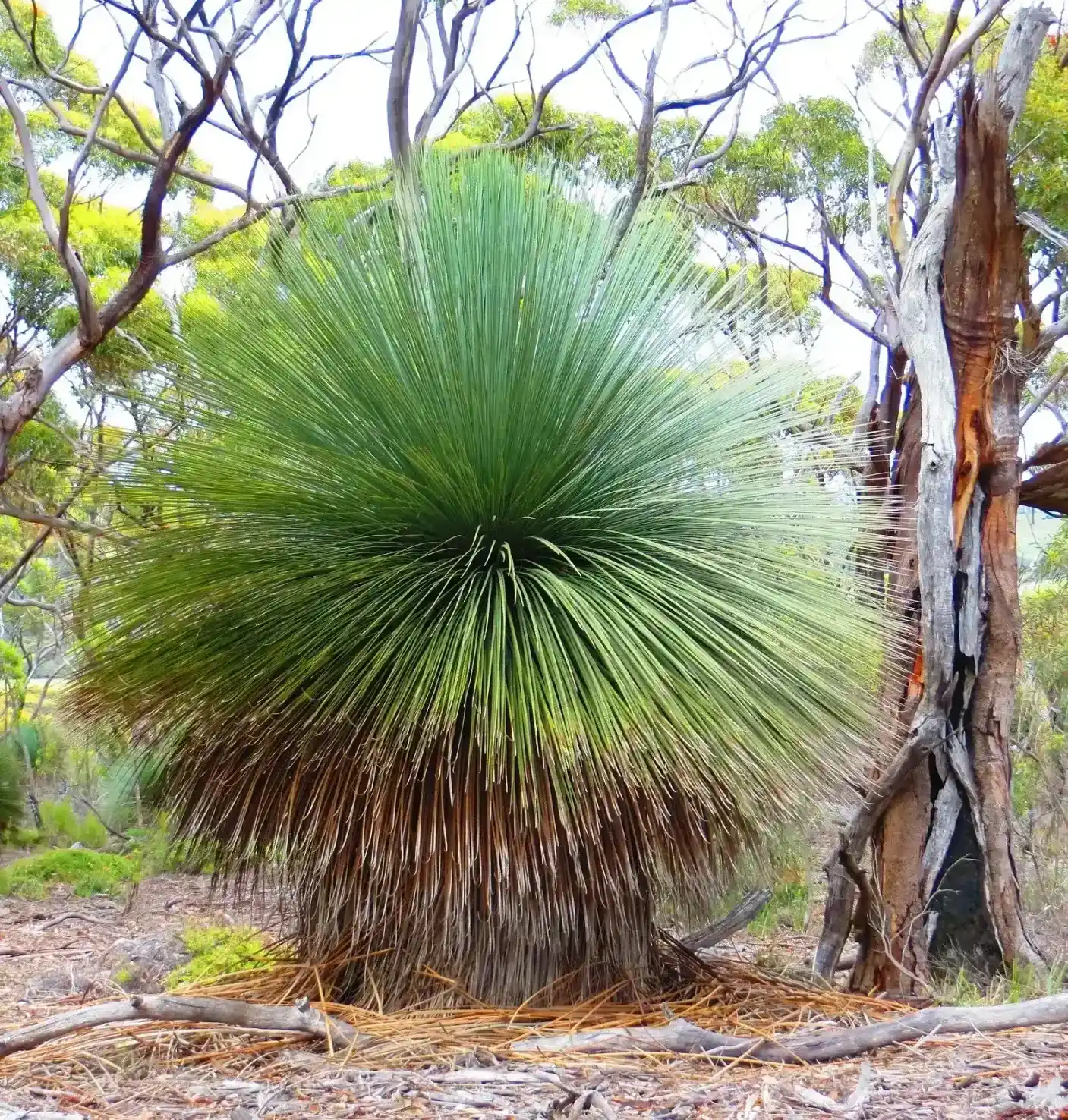
Blackboy
Xanthorrhoea is one of Australia's most recognisable native plants, famous for its striking looks, its slow growth, and its resilience. With its blackened trunk, fountain of grassy foliage, and towering flower spike, it adds an exotic, sculptural element
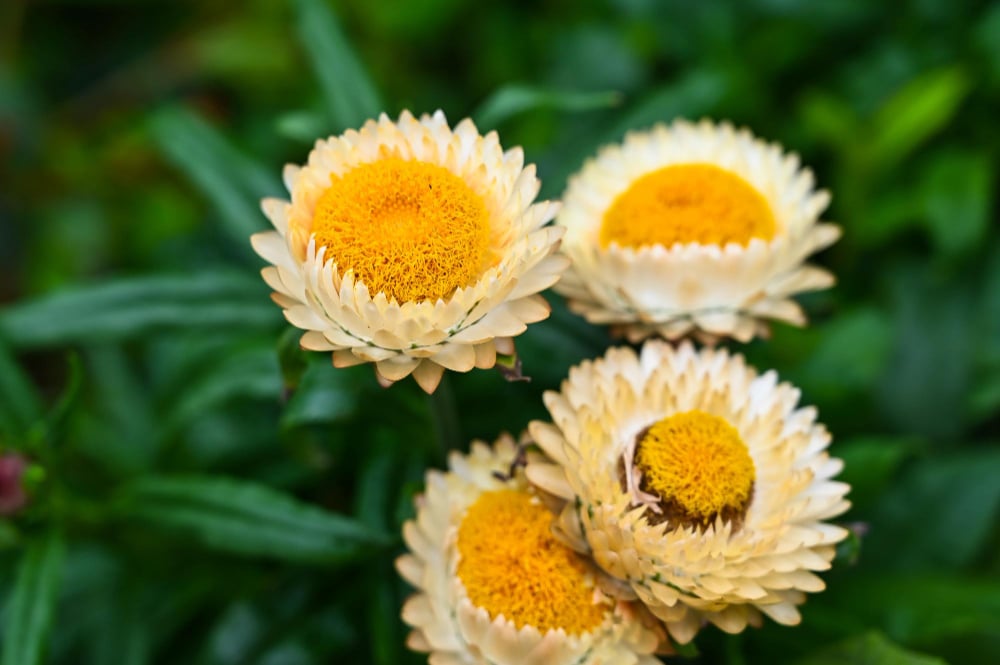
Strawflower
Xerochrysum, commonly known as the Strawflower, is one of the most spectacular and long lasting native wildflowers of Australia. Its papery petals, vibrant color and extended flowering season have made it a favorite of gardeners and florists for centuries
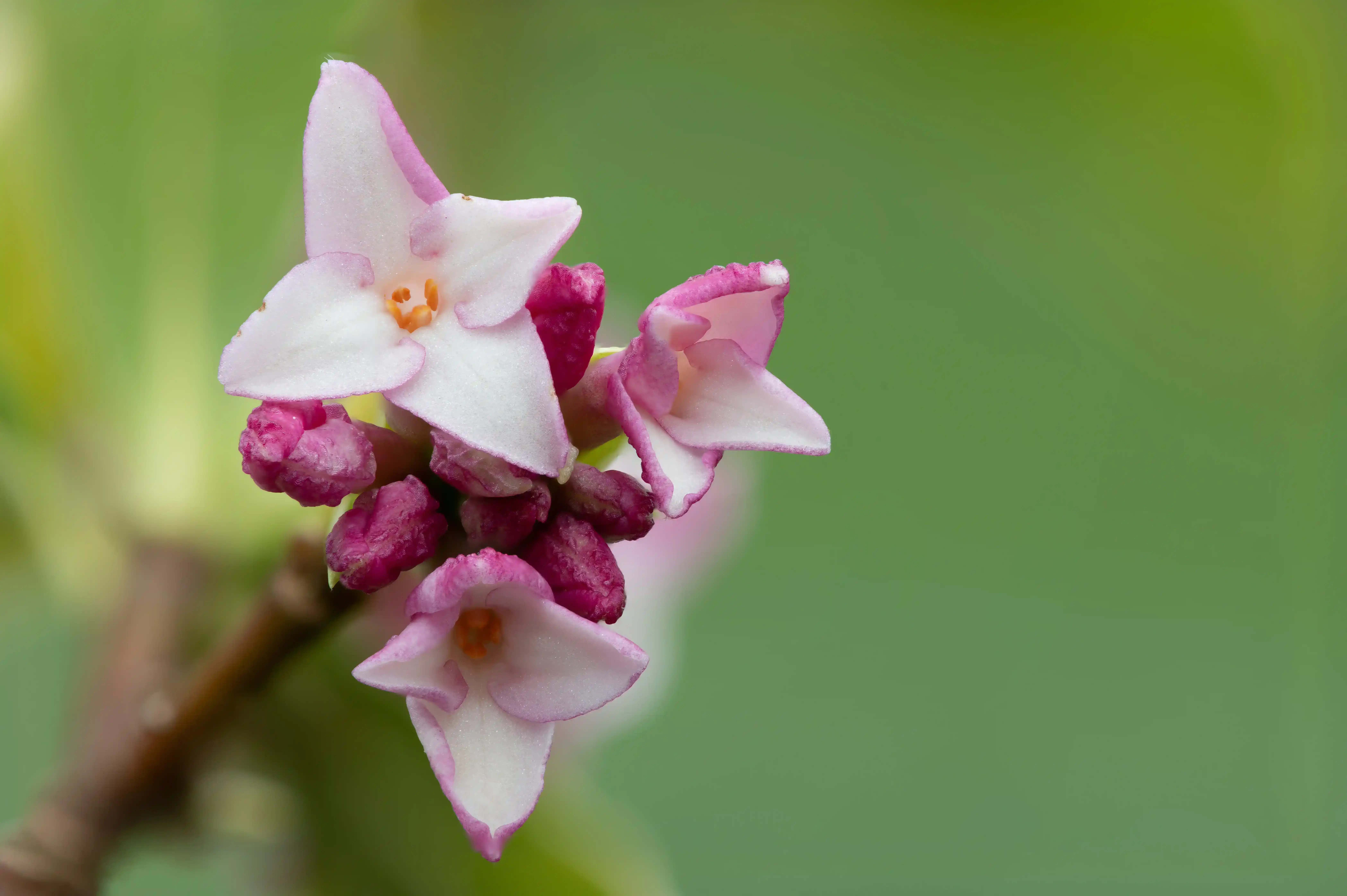
Daphne
With glossy green leaves and clusters of small, richly perfumed flowers, daphne gives charm and sophistication to the winter garden when little else is blooming. This shrub can be fussy but can offer years of exquisite beauty and scent to those who pamper
Yerba Mate grows best in warm, humid environments with a lot of light and moisture. It is a very slow growing plant at first but will pick up strength after a few years.Start with a healthy seedling or rooted cutting and plant in rich, well-drained soil. Mulch around the base to hold in moisture and keep roots cool. In its native climate, Yerba Mate can reach tree size, but it can also be pruned to remain shrub-sized in gardens or pots.
It takes years until the leaves are mature enough for harvest to make tea, but it's worth the wait; every single leaf comes with centuries-old tradition and vibrant taste.
For the best growth and leaf development, place it in a place where it receives a minimum of 6 hours of sunlight daily. In extremely hot regions, some afternoon shade can help prevent leaf scorch, especially on young plants.
It thrives in well-draining soil that is slightly acidic and rich in nutrients. Between 5.5 and 6.5 is perfect. Gather compost or leaf mold and mix it in with your planting area to replicate the forest floor for this native plant. Avoid heavy clay or alkaline soils, which can hinder growth.
Yerba Mate needs constant moisture. The soil should be consistently moist, but never soggy. Water deeply whenever the top inch of soil feels dry, especially during hot or windy weather. If in containers, then it will likely require watering every few days. Reduce watering in winter when the plant is less active, especially indoors.
Yerba Mate benefits from light, regular pruning to shape the plant and encourage denser foliage. Trim back leggy branches and dead or damaged growth. If you want to pick leaves to make tea, prune just after the flowering period—this encourages fresh, tender growth ideal for brewing.
You can grow new Yerba Mate plants from seeds or cuttings:
Propagation is slow, but with patience, both methods can yield healthy new plants.
Yerba Mate adapts well to container growing, especially in cooler climates:
Prune to maintain a manageable size and move indoors before cold weather if you're in a non-tropical zone.
In USDA plant hardiness areas 9 to 11, you can grow Yerba Mate outdoors all year around. In cooler zones, once temperatures are forecasted to drop below 45°F, move container plants indoors to a bright site, water only as needed, and refrain from fertilizing in preparation for winter dormancy. The plant will likely then grow very slowly or stop growing altogether until the return of spring.
Yerba Mate blooms in late spring to early summer with small, white flowers that are pollinated by insects. While the blooms are modest and not the main attraction, they are essential for seed production. Mature plants (generally 4–5 years old) will be the only ones starting to regularly flower.
Yerba Mate is fairly resistant to pests and diseases but may experience some issues:
Maintain good airflow, have a balanced watering, and acidic soil, and most issues will be prevented.
Yerba Mate is more than just a tea plant—it’s a cultural icon with deep roots and energizing benefits. Whether you’re drawn by its rich tradition, its glossy tropical look, or the satisfaction of growing your own source of caffeine, Yerba Mate makes a rewarding and meaningful addition to your garden.
Under the right conditions, this native South American gem will offer flavor and foliage in your space with a little patience. From its humble forest origins to your favorite cup, Yerba Mate is proof that plants can nourish the body, the culture, and the soul.
Yes! Once the plant matures, the dried leaves and stems are used for brewing traditional mate tea.
It takes 3–5 years for plants before you can begin harvesting meaningful quantities for tea.
Indeed, the leaves already have caffeine—about the same amount as a cup of coffee.
Yes, in a bright large pot. South- or west-facing windows work best.

Soil Health & Fertilization
Victor Miller
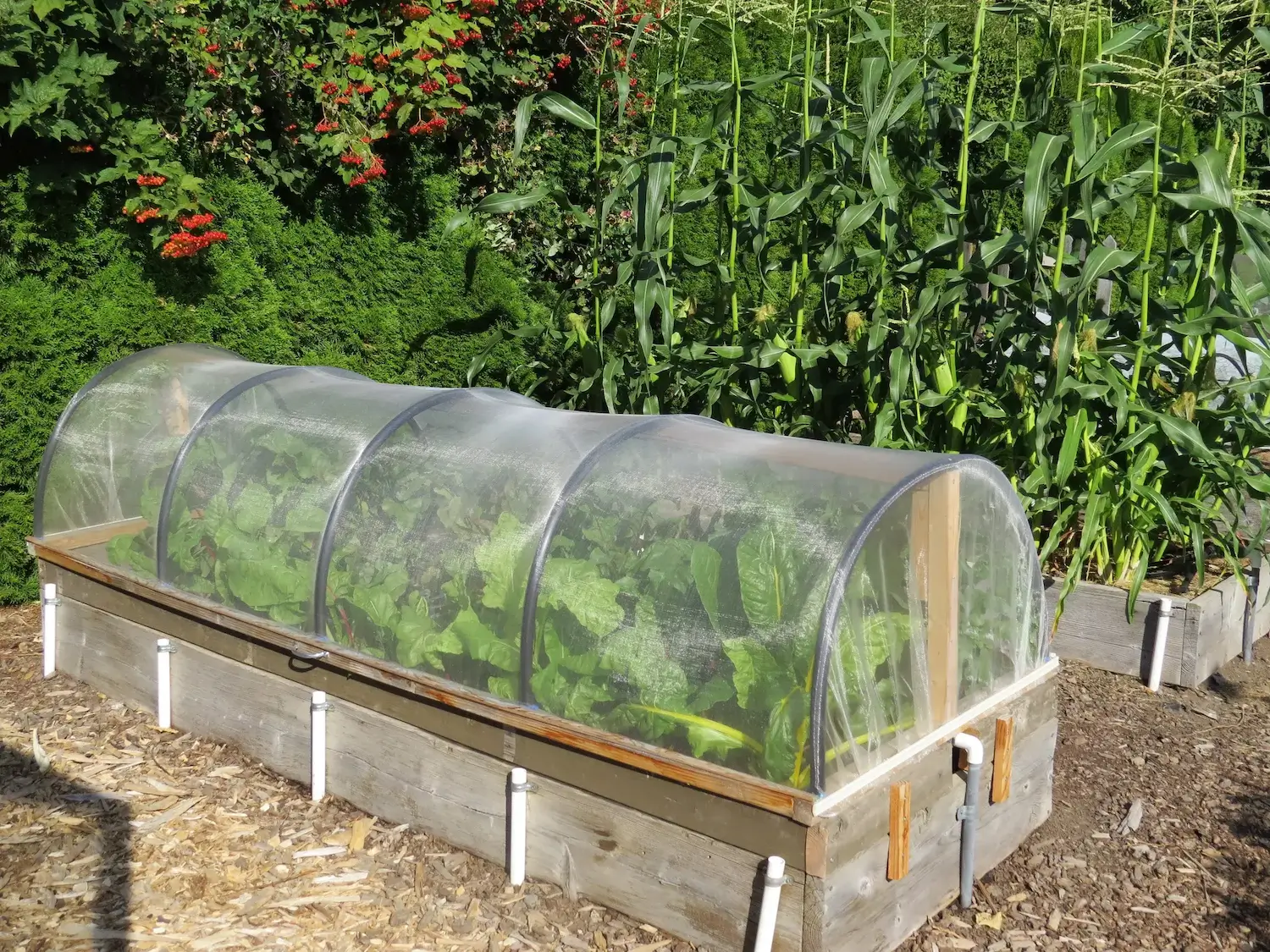
Pest Identification & Prevention
Victor Miller
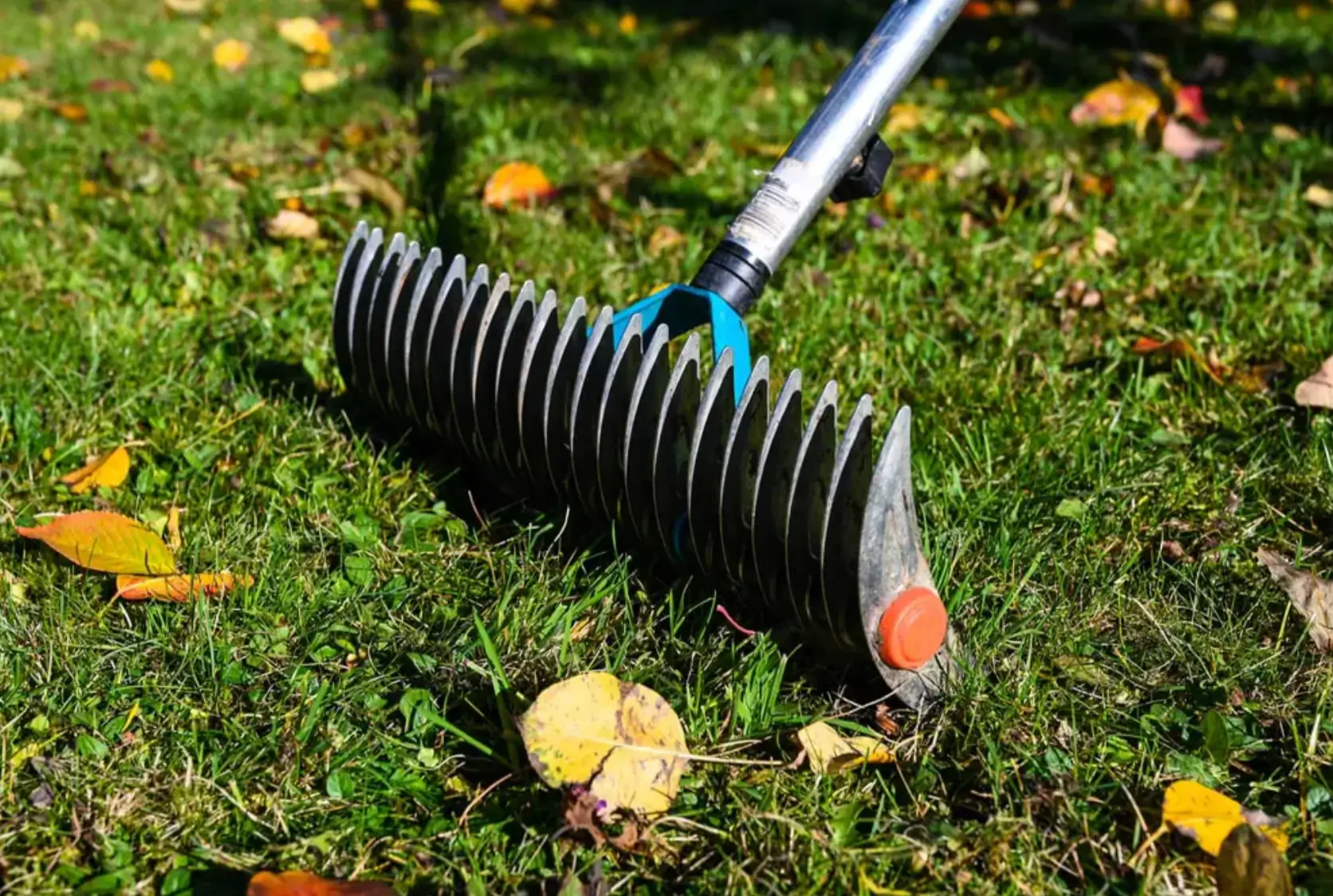
Lawn Care Tips & Maintenance
Victor Miller
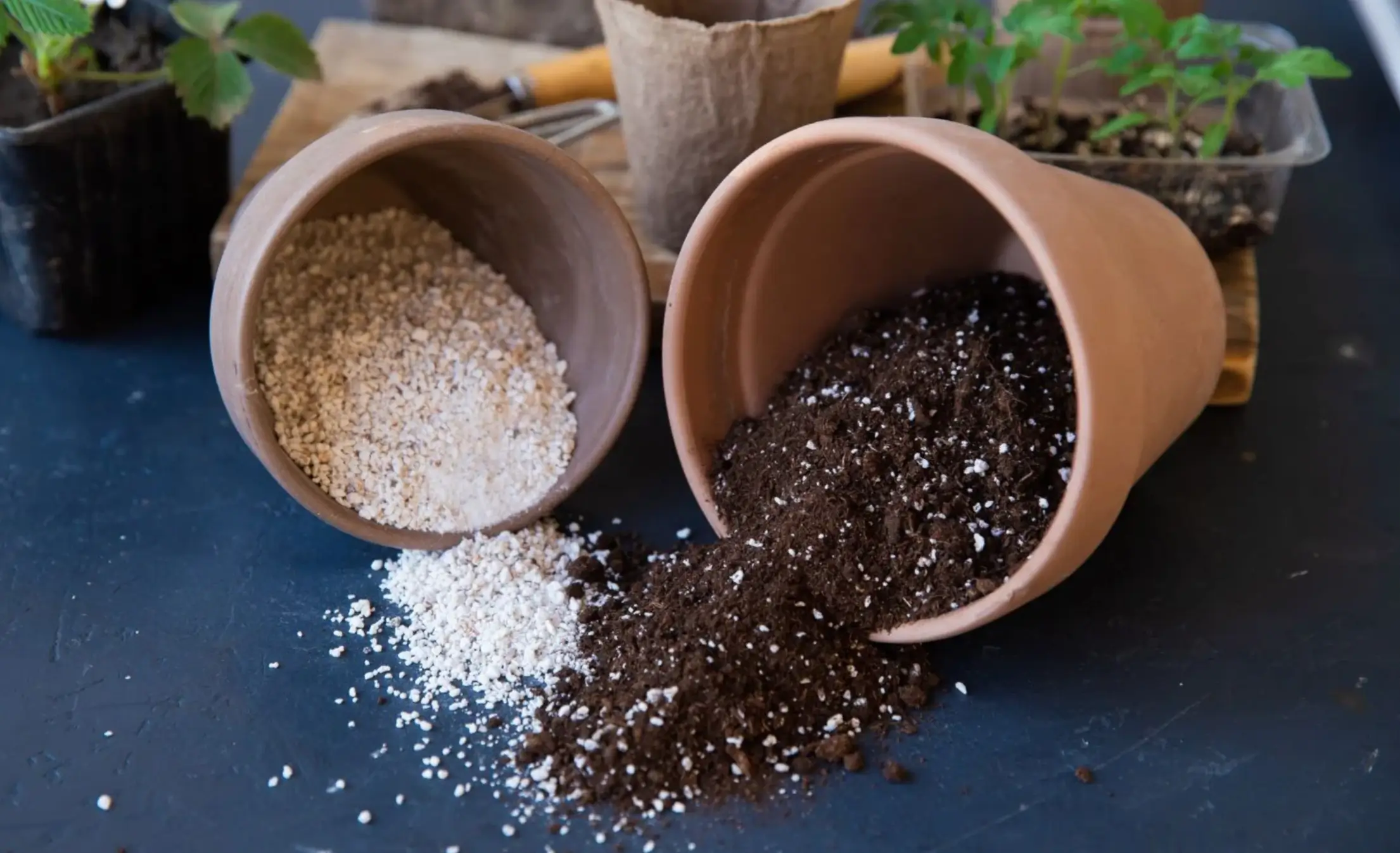
Soil Health & Fertilization
Victor Miller

Smart Irrigation Systems
Victor Miller

Patios, Walkways & Driveways
Victor Miller
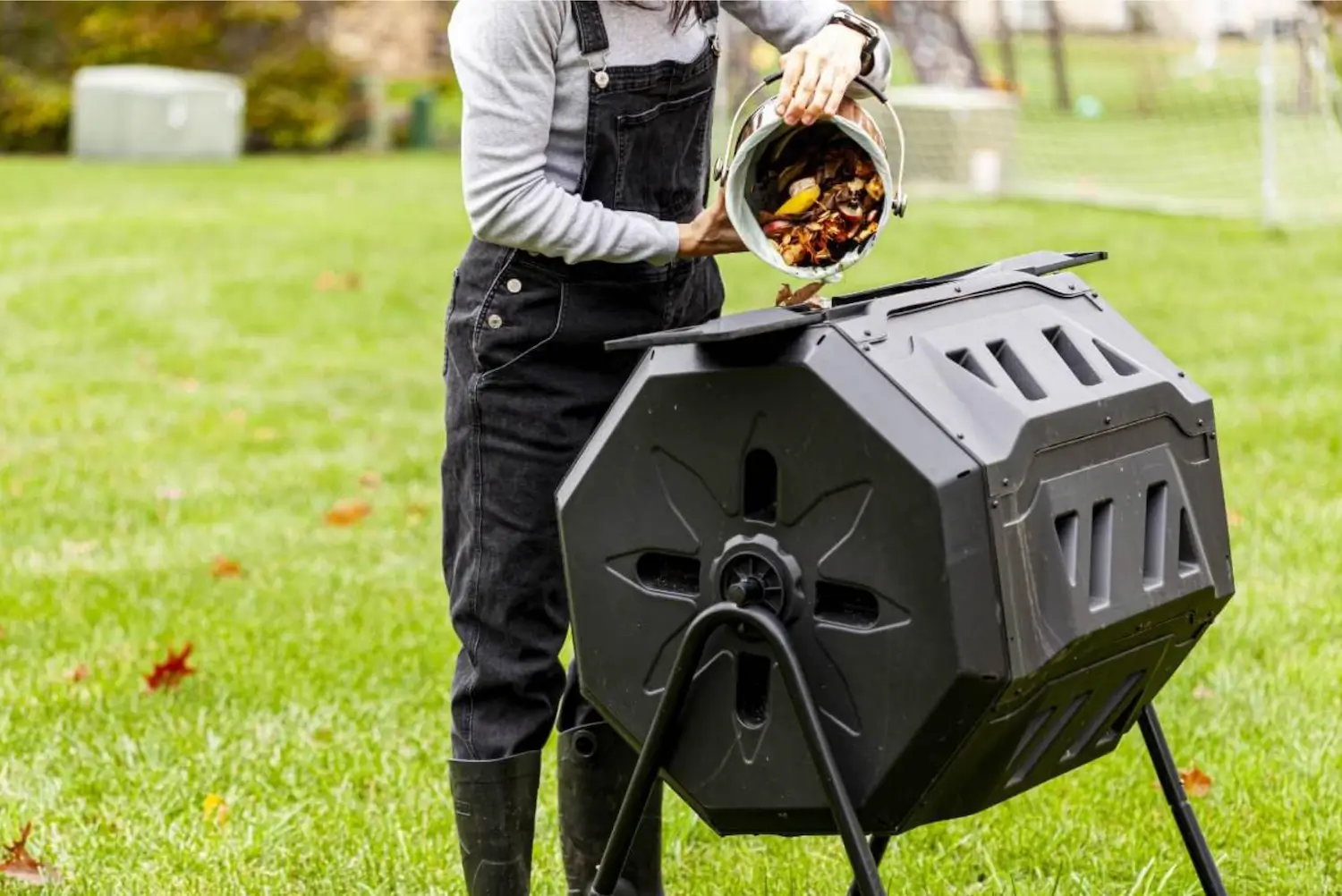
Soil Health & Fertilization
Victor Miller
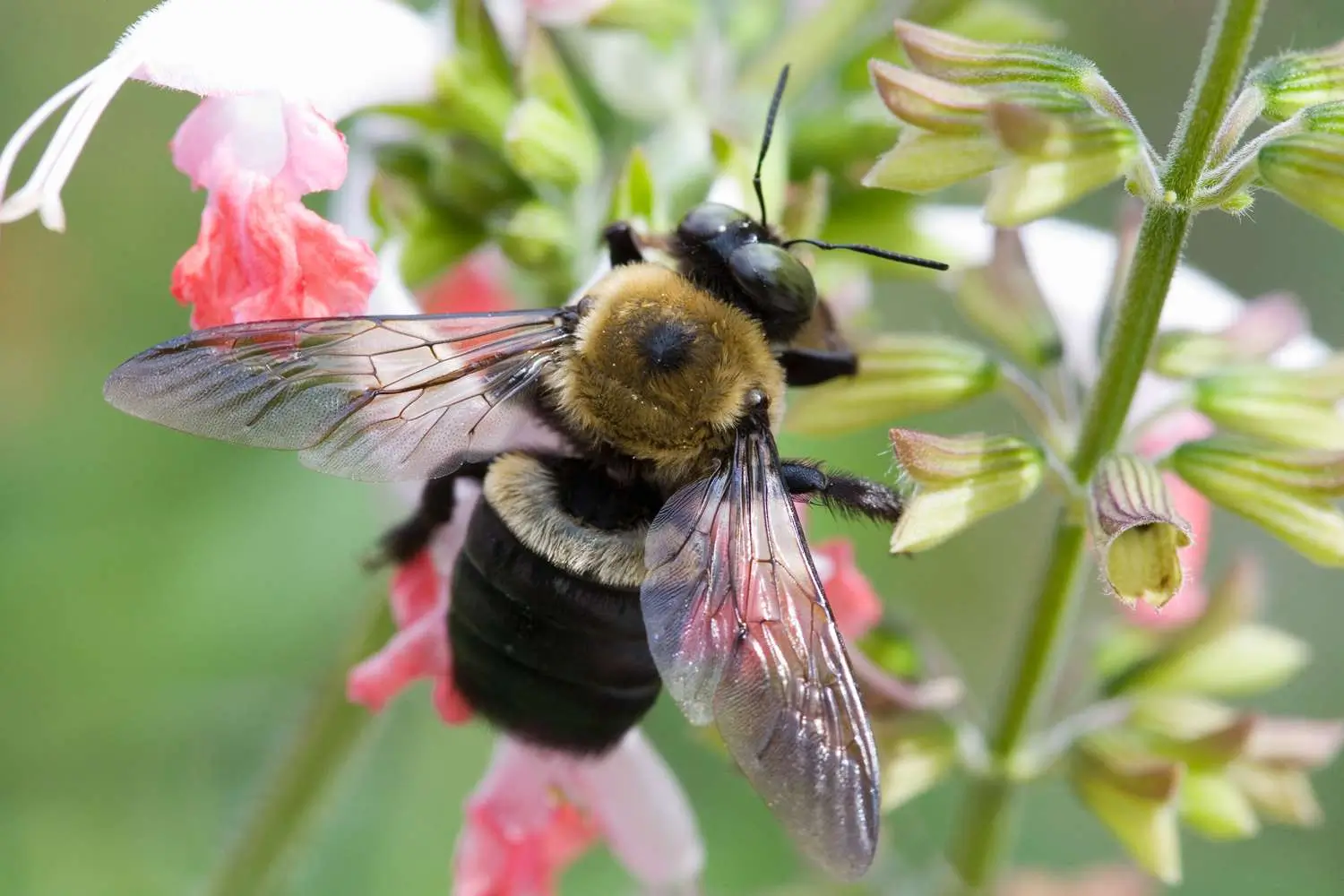
Pest Identification & Prevention
Victor Miller
My Account
Our team is always here to help.
We are open Monday - Friday, 9:00 AM to 4:30 PM PST.